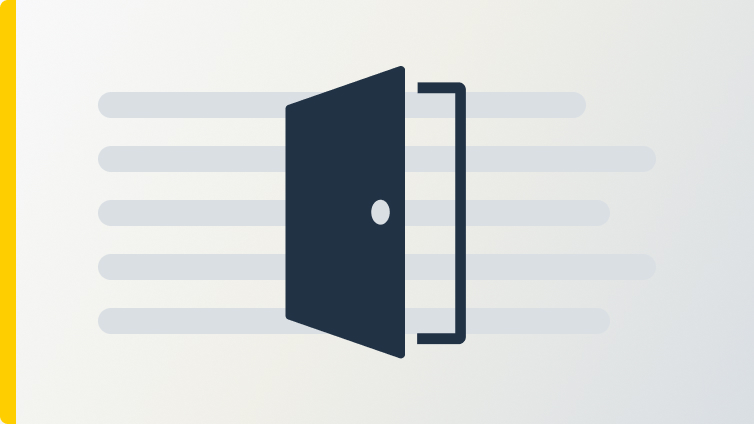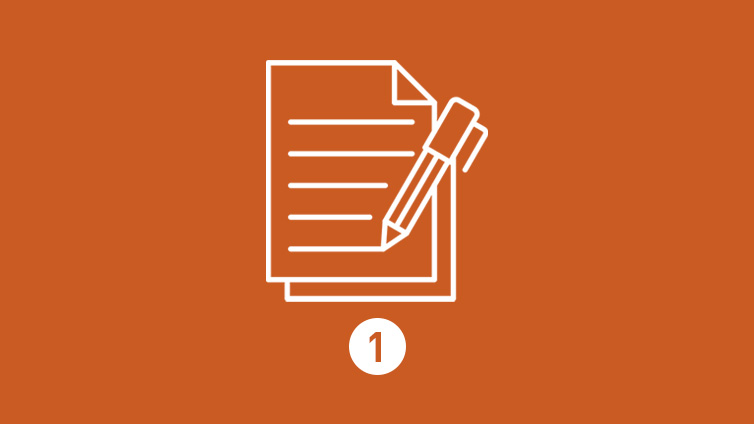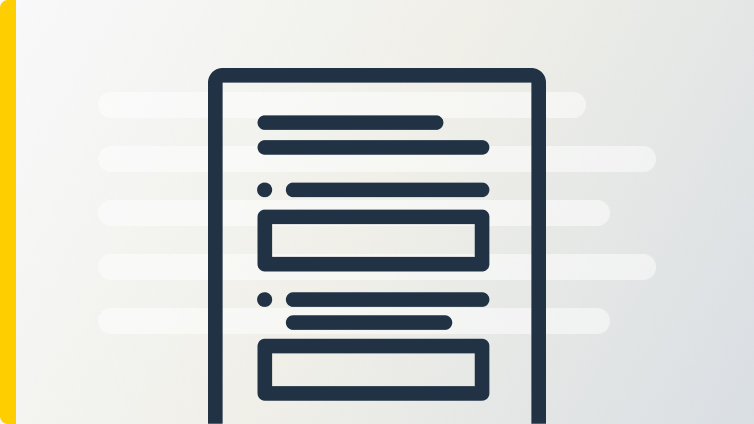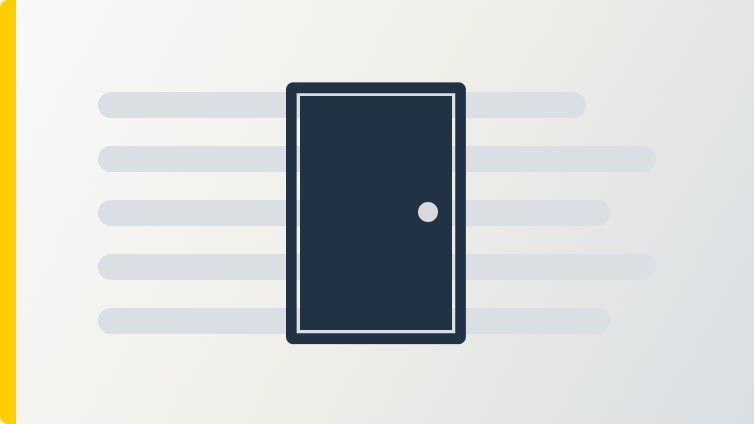History Stories
Driving Question: Why does it matter what stories we tell about the past?
Where does history begin? Every story about the past starts at a different point—one that fits its unique narrative. Although a simple version of history is easier to consider, the story would be incomplete. This lesson challenges you to explore multiple perspectives and discover how they shape our understanding of history.
Learning Objectives:
- Understand the purpose of history and the types of evidence historians use.
- Watch videos critically for claim and evidence.
- Evaluate how changing perspectives changes our understanding of a narrative.
Vocab Terms:
- evidence
- history
- narrative
- perspective
Opener: History Stories
To teach this lesson step, refer to page 1 of the Lesson 1.1 Teaching Guide.
Our Openers and Closers Guide will provide more information about these short-but-important activities at the beginning and end of each lesson.
What is history? It’s not just names and dates in a textbook—it’s a living, breathing story, and you’re part of it!
Looking Ahead
To teach this lesson step, refer to page 2 of the Lesson 1.1 Teaching Guide.
Check out our Writing Guide to learn more about the importance of informal writing in the course.
Think you’ve got history all figured out? Challenge your perspective and evaluate your take as you kick off this world-history course!
Making Videos and History Usable
To teach this lesson step, refer to page 2 of the Lesson 1.1 Teaching Guide.
Looking for tips on using video in an instructionally sound way? Look no further than the OER Project Video Guide.
Can videos unlock a deeper understanding of history? Watch this video on the purpose of history and see for yourself!
-
Guiding Questions
-
Before you watch
Preview the questions below, and then review the transcript.
While you watch
Look for answers to these questions:
- Why are there arguments about what should be taught in a history classroom?
- What was the driving question Bain’s students in Detroit studied?
- What did looking at multiple narratives help students do?
- What makes history usable?
After you watch
Respond to this question: How can exploring your city’s history help you make sense of the present?
Key Ideas
Why Do Multiple Perspectives Matter?
The Ultimate Face-Off: The Historian, the Author—and the AI?
- Students ask historical questions about their community, as described in the video What Makes History Usable?
- Then, students share what they already know, identifying differences in their perspectives.
- Next, they craft an AI prompt to answer the same question.
- Compare AI’s response to the students’ stories and discuss its strengths and gaps.
- Finally, connect this to Chimamanda Adichie’s idea of “the danger of a single story.”
Why this works: Students compare human and AI storytelling, gaining insights into historical interpretation, multiple perspectives, and the value—and limitations—of AI-generated knowledge.
The stories we hear and tell shape how we see the world. That’s why exploring multiple perspectives is key! After watching the video below, compare the viewpoints of both narrators.
-
Guiding Questions
-
Before you watch
Preview the questions below, and then review the transcript.
While you watch
Look for answers to these questions:
- Why did Adichie write about white, foreign characters as a child, and why is this significant?
- What do Adichie’s examples about Fide and her roommate reveal about single stories?
- What do Adichie’s examples about her professor and her trip to Mexico reveal about single stories?
- What does Adichie mean when she says that starting a story with “secondly” changes its meaning?
- What does Adichie say is the problem with stereotypes, and how does she think they affect our understanding of people and places?
- What are some examples Adichie gives of stories that challenge stereotypes?
After you watch
Respond to the following questions:
- How does power influence which stories are told and believed? Give an example from the video.
- How can changing the order or context of a story completely change its meaning? Give an example from history or your own life.
Key Ideas
Closer: History Stories
To teach this lesson step, refer to page 7 of the Lesson 1.1 Teaching Guide.
You’ve explored the power of different perspectives—now, turn that lens on your own life. How does perspective shape your story?
Exploring Multiple Perspectives
There’s more than one way to tell a story. So why is it dangerous when there’s only one?





